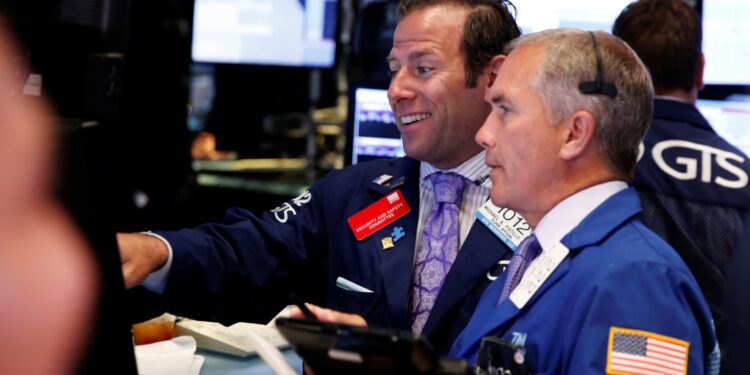Well, that was unexpected. The U.S. economy added a whopping 254,000 jobs in September, nearly 100,000 more than economists expected. The unemployment rate, which was expected to hold steady at 4.2%, slipped to 4.1%. Wages also rose more than expected month over month. Stock futures rallied following the news. Dow Jones Industrial Average futures popped 255 points, or 0.6%. S & P 500 futures were up 0.8%, and Nasdaq-100 futures soared 1.3%. The S & P 500 was headed for a weekly decline before the report and may now finish the week in the green. Many on the Street cheered the report, as points to a strong economy at a time when the Federal Reserve is easing monetary policy: Sonu Varghese, global macro strategist at Carson Group: “This was a very encouraging payroll report. … The fact that inflation is easing at the same time means productivity growth is strong, and that should keep the Fed on track for more rate cuts – an added tailwind for the economy and markets.” Glen Smith, chief investment officer at GDS Wealth Management: “The stock market has been living up to October’s reputation of increased volatility, and we expect this choppiness to continue for the next few weeks as the market starts to navigate the uncertainty surrounding the election, the Federal Reserve’s next move and corporate earnings reports.” Lindsay Rosner, head of multi-sector investing at Goldman Sachs Asset Management: “Today’s data hit a grand slam with payrolls coming in strong, positive revisions, and unemployment falling. The economy is heading into the post-season solidly. This is a beat on every aspect and the Fed must be smiling as they got their bats out.” To be sure, the new data also has traders pricing a smaller quarter percentage point interest rate reduction at the central bank’s November meeting. The Fed lowered rates by a surprising half percentage point in September, leading many to expect another reduction of that magnitude down the road. “Overall, it was a strong employment report that points toward a 25 bp cut next month and materially undermines the potential for 50 bp,” wrote Ian Lyngen, head of U.S. rates strategy at BMO Capital Markets. And some think this immediate enthusiasm for stocks may fade as traders wake up to the fact the Fed may dial back on the throttle a bit. Peter Tchir of Academy Securities said in a note he would “fade the initial joy in equity land.” “Fed cuts should be slower and I continue to think (and the data supports it) that the current neutral rate is well above 3% (economy chugging along on 5% yields for over a year),” said Tchir.






